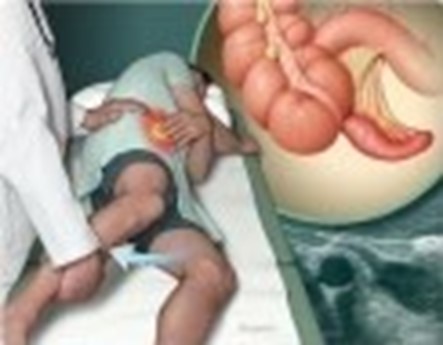A young adult patient is admitted to the hospital for evaluation of right lower quadrant abdominal pain with nausea and vomiting. Which action should the nurse take?
Palpate the abdomen for rebound tenderness.
Suggest the patient lie on the side, flexing the right leg.
Assist the patient to cough and deep breathe.
Encourage the patient to sip clear, non-carbonated liquids.
The Correct Answer is B
The nurse should suggest the patient lie on the side, flexing the right leg². This position may help relieve pain and reduce tension in the abdominal muscles¹. Palpating the abdomen for rebound tenderness (a) may cause pain and should be avoided¹. Assisting the patient to cough and deep breathe (c) may be helpful for respiratory issues but not for abdominal pain¹. Encouraging the patient to sip clear, non-carbonated liquids (d) may be helpful for hydration but does not address the abdominal pain¹.

Nursing Test Bank
Naxlex Comprehensive Predictor Exams
Related Questions
Correct Answer is B
Explanation
Desmopressin acetate (DDAVP) is a synthetic hormone used to treat diabetes insipidus, which is a condition that causes excessive urination and thirst due to a lack of antidiuretic hormone (ADH) production in the body. By mimicking the effects of ADH, Desmopressin acetate (DDAVP) helps to reduce the amount of urine produced by the body and increase water reabsorption, which helps to alleviate symptoms of diabetes insipidus.
Therefore, the nurse should monitor the patient's urinary output and ensure that it decreases in response to the medication. It is important to note that Desmopressin acetate (DDAVP) can also cause hyponatremia (low sodium levels in the blood), so sodium levels should also be monitored during treatment.

Correct Answer is ["A","B","C"]
Explanation
b. Monitoring blood glucose levels: This is an essential nursing intervention as patients with Cushing syndrome are at risk for developing diabetes mellitus because of cortisol on glucose metabolism. The nurse should monitor the patient's blood glucose levels regularly and report any abnormal readings to the healthcare provider.
c. Protecting patients from exposure to infection: Patients with Cushing syndrome are also at risk for developing infections due to the immunosuppressive effects of cortisol. The nurse should take appropriate infection control measures, such as frequent handwashing, wearing gloves, and isolation precautions if necessary.
a. Observing for signs of hypotension: Although hypotension is not typically seen in patients with Cushing syndrome, it can occur in some cases due to the depletion of cortisol. The nurse should monitor the patient's blood pressure regularly and report any abnormal readings to the healthcare provider.
Whether you are a student looking to ace your exams or a practicing nurse seeking to enhance your expertise , our nursing education contents will empower you with the confidence and competence to make a difference in the lives of patients and become a respected leader in the healthcare field.
Visit Naxlex, invest in your future and unlock endless possibilities with our unparalleled nursing education contents today
Report Wrong Answer on the Current Question
Do you disagree with the answer? If yes, what is your expected answer? Explain.
Kindly be descriptive with the issue you are facing.
